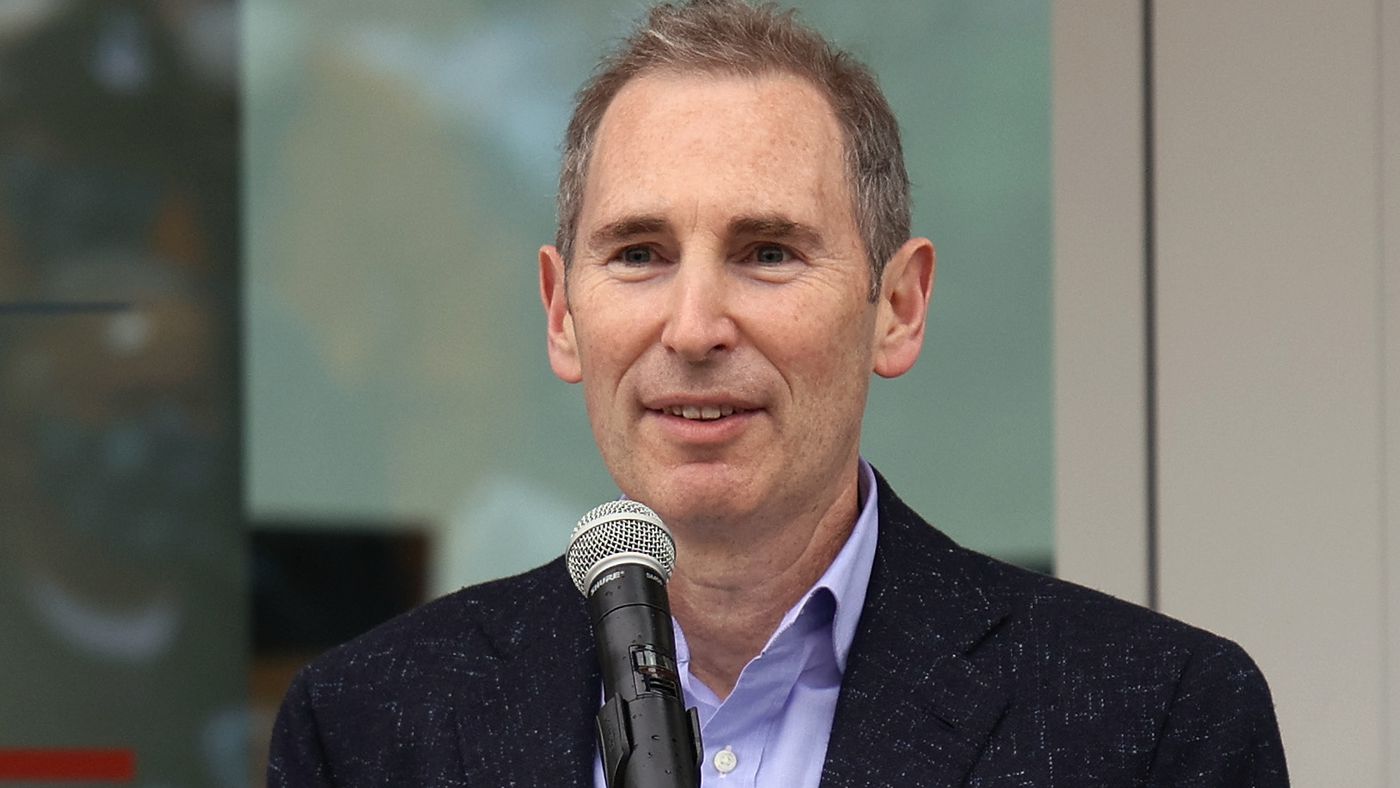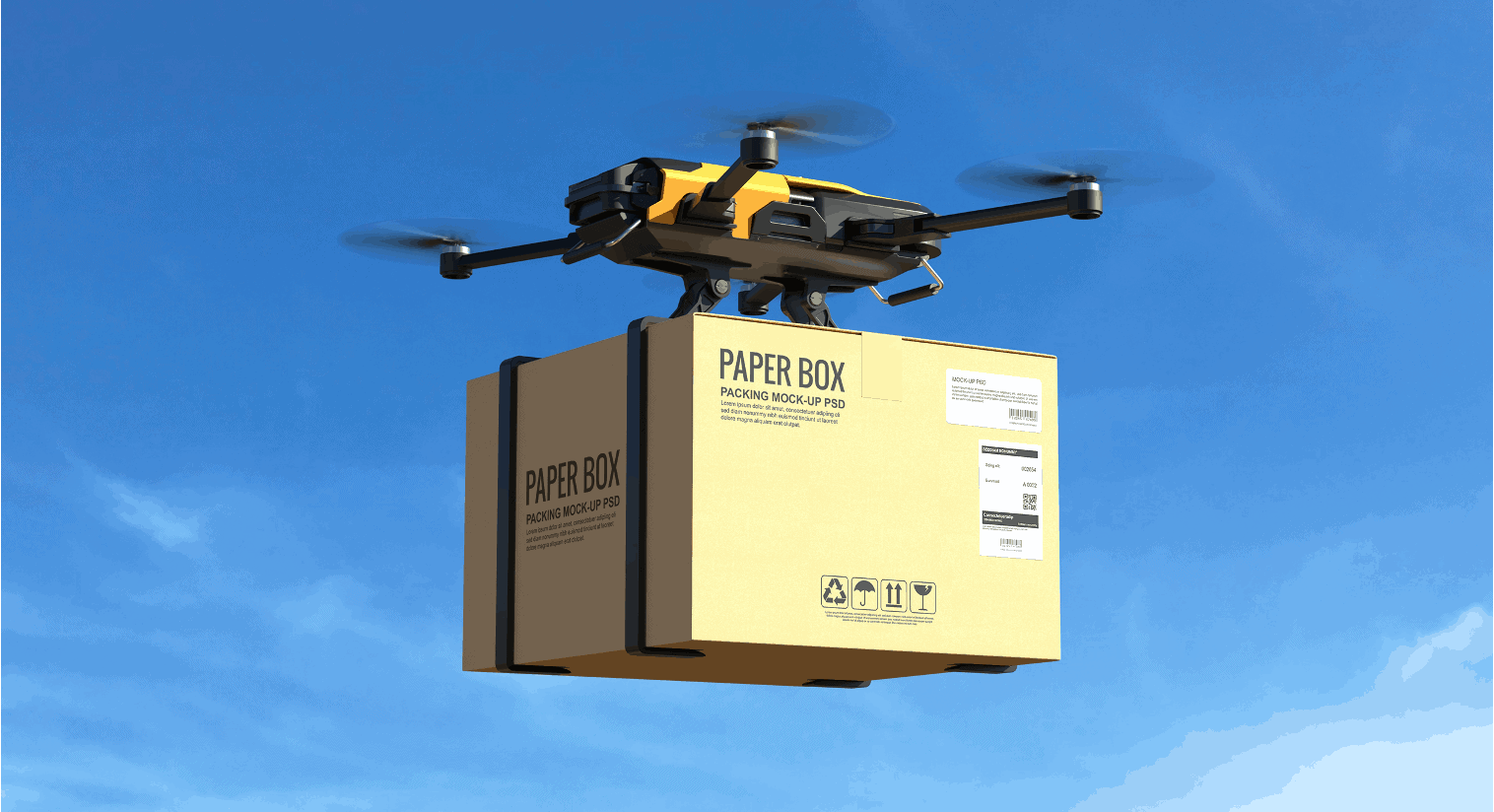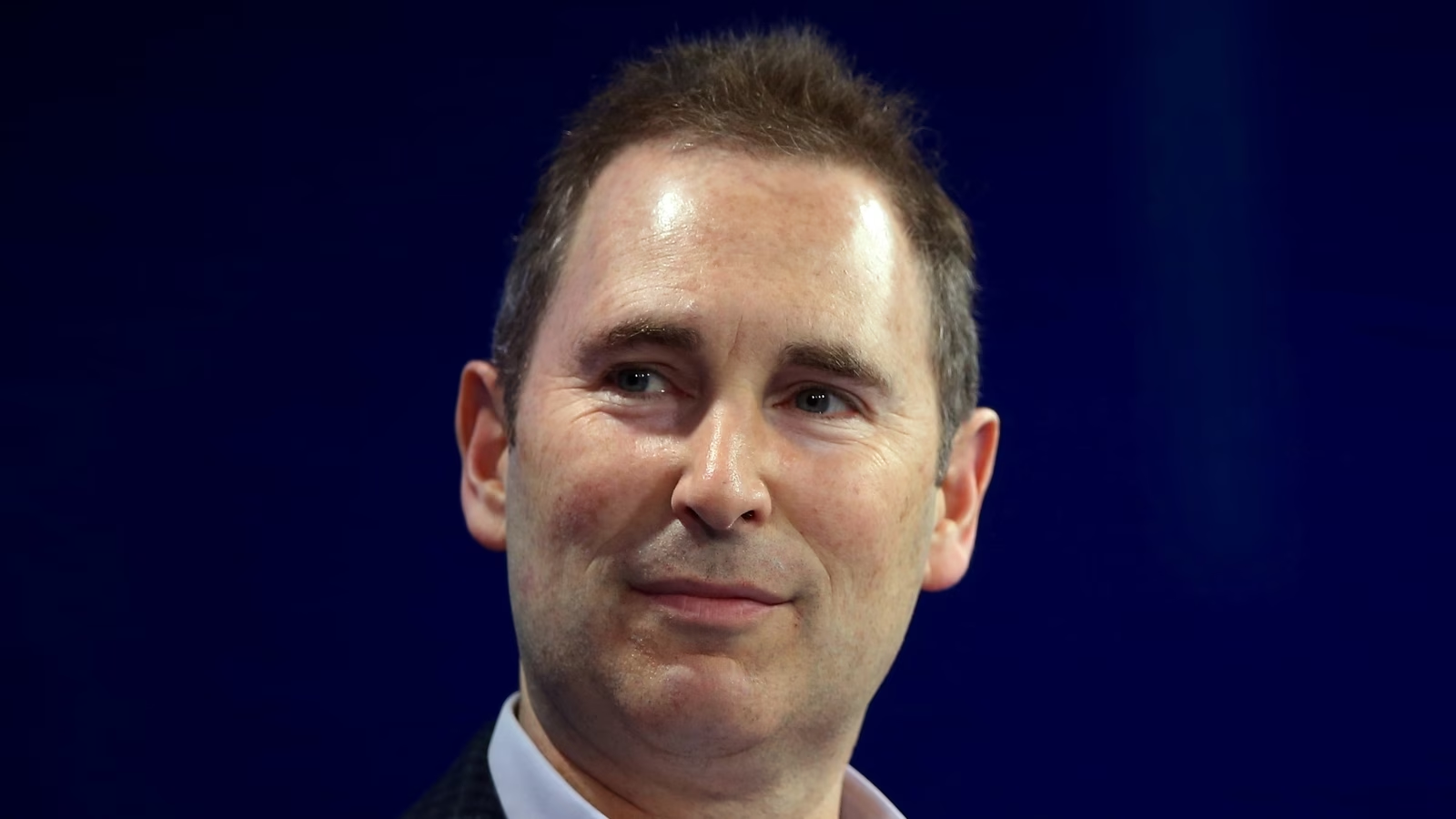In a significant move that underscores its commitment to pioneering delivery technologies, Amazon has announced an exciting development for its Prime members. CEO Andy Jassy, in his latest annual shareholder letter, has reaffirmed the company’s dedication to enhancing its delivery services with the introduction of drones.
This innovative approach, part of the Prime Air program, is set to revolutionize how Amazon delivers packages to its customers.

A Closer Look at Prime Air’s Potential
Despite facing skepticism, Amazon’s drone delivery initiative, Prime Air, is making strides. Jassy emphasized the progress, stating, “We think of it as a very valuable future primitive capability.”
The vision for Prime Air is not just about speed but also about redefining the logistics of delivery. Jassy envisions drones delivering packages in under an hour, transforming expectations for delivery speed.
Exploring the next wave of #delivery #innovation 🚚✨ From instant deliveries to #drone #technology, we're on the brink of transforming how we receive goods. Stay tuned for groundbreaking trends in delivery and #tech #amazon #prime #drone #Robotics #AutonomousDriving #ai #ml #AWS pic.twitter.com/foziScwMrZ
— Oliver Dolan (@OllieDolan) April 2, 2024
Transformative Delivery for Perishable Goods
The implications of drone delivery extend beyond just quick shipping. Jassy highlights the potential impact on perishable goods, suggesting a pivotal role for Prime Air in delivering fresh products from Amazon Fresh and even sensitive items like prescriptions from Pharmacy.
This could mean getting essential items to customers faster than ever, a significant advantage in today’s fast-paced market.
The Logistics of Drone Delivery
Prime Air drones are designed to launch from Amazon facilities, navigate to the delivery location, safely drop off the package, and return.
This method not only speeds up the delivery process but also enhances the efficiency of same-day delivery services, providing a faster alternative to traditional delivery methods like trucks and bikes.

Broader Implications for Amazon’s Delivery Network
Currently, Amazon utilizes a variety of delivery methods, including all-electric Rivian vans and e-bikes. The integration of drones into this diverse fleet could further diversify how the brand approaches delivery challenges, particularly in urban environments where speed and efficiency are paramount.
Future Prospects and Ongoing Developments
While the drone technology is promising, Jassy notes that it will not be immediately available everywhere or for every package. The rollout will likely be gradual, focusing on areas and products where it can make the most significant impact.
However, the potential for drones to change the delivery landscape is clear, and the company is positioning itself at the forefront of this technological evolution.
In addition to Prime Air, Jassy’s shareholder letter touched on other future-oriented initiatives, including further developments in artificial intelligence. The full scope of these innovations underscores Amazon’s strategy to stay ahead in technology and service.

The Sky’s the Limit
Amazon’s recommitment to Prime Air reflects a broader strategy to not just compete but lead in the logistics and delivery industry. As these technologies develop, they promise to bring about a significant shift in how consumers receive goods—faster, more efficiently, and in ways that could have seemed like science fiction just a few years ago.
With Amazon’s track record of turning futuristic ideas into reality, Prime Air might soon become a common feature in our daily lives, reshaping our expectations for what is possible in delivery services.










